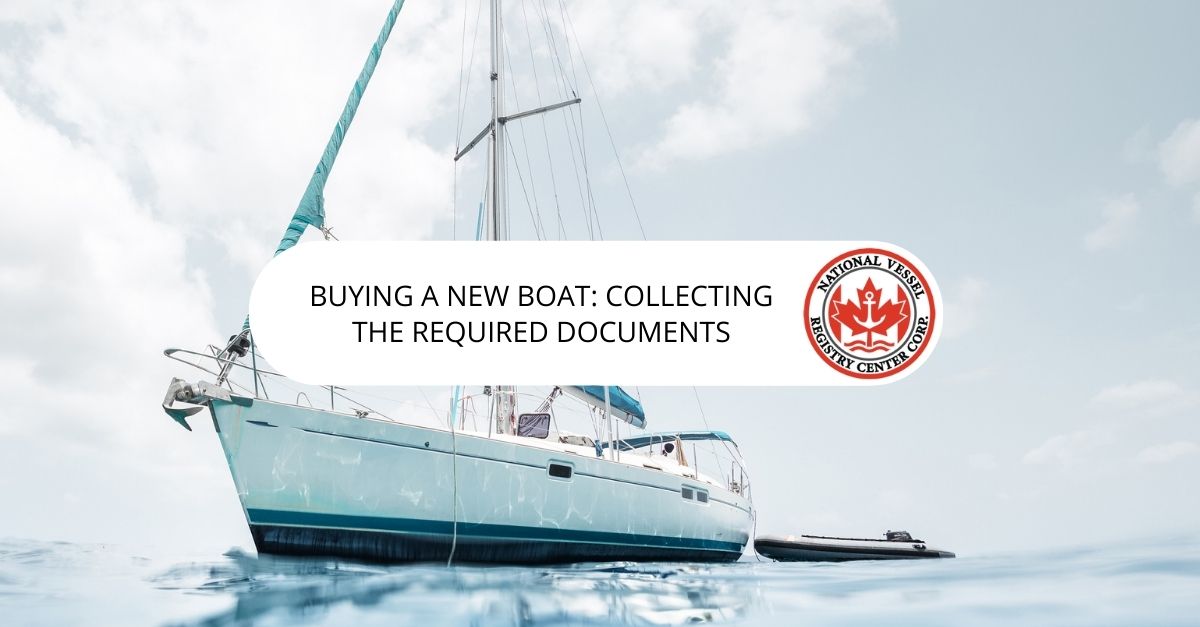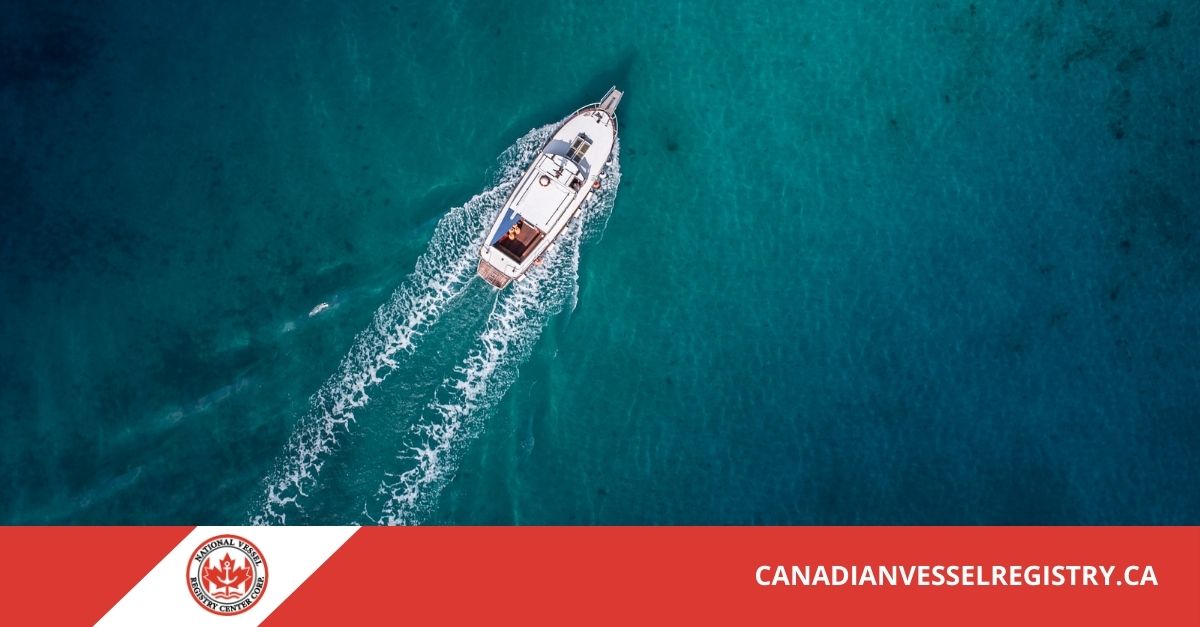When it comes to purchasing a new boat, nothing is simple. You must be aware of the Canadian vessel documentation required. Transport Canada mandates that new boat owners adhere to a specified process. You can simplify the purchasing steps by sorting out the specifics by reviewing the following information.
Required Documents and Info You’ll Need When Buying a New Boat
If you’re buying a new boat, you’ll need to register or license your boat.
Make sure you have your pleasure craft operator card (PCOC), contact information, a high-resolution color photo of the side of your boat, and information about your new boat’s type, engine, and construction. You need to have a copy of the bill of sale for proof of ownership.
Keep Your Bill of Sale On Your Boat
Once more, the ownership document is your bill of sale. When sailing or boating, always keep a copy onboard.
Your registration number is a hull identification number (HIN) and if you choose to license your boat, you’ll receive an official number – a number that you’ll display on either side of the bow above the water line. The number should be in a block font, at least 3 inches or 7.5 cm high.
You will be assigned a legal number in either scenario. You can give your yacht or boat a distinctive name and indicate the home port on its exterior if you register it. Registration also allows you to fly Canada’s flag, always helpful when sailing international waterways.
In the event of a theft or emergency, a boat’s HIN or license I.D. number aids law enforcement in locating the vessel. However, a HIN or license number does not prove that you’re the boat’s owner. Instead, these numbers are used for identification purposes.
Authorities will punish you by docking your boat or imposing a $250 fine if you are found sailing without the necessary documentation. So once more, be sure to have all of your paperwork organized and accessible.
The PCOC
You must have a pleasure craft operator card (PCOC), which is evidence that you can competently operate a boat or watercraft when you purchase a new boat. Also, you need to keep this wallet-sized card handy while operating your new boat on Canada’s waterways.
You can visit an educational website affiliated with Transport Canada to obtain your PCOC. You are exempt from taking the test or having the card if you are buying a commercial vessel.
Back-Up Sales Information
To support any sales transaction, you should have a picture ID and contact details. The Canadian Vessel Registry makes applying for a certificate of registry or a license online super simple and fast.
Getting Licensed or Registered
A licence is good for ten years while a registration must be renewed every three years. You’ll receive a notice of renewal about a month before your expiration date. If you still haven’t received a renewal notice two weeks before your renewal is due, you’ll need to find out the reason.
In these cases, the renewal might have been canceled or suspended because you failed to fill out a change of address.
Additional Purchases of Boat Items and Accessories
Keep each bill of sale separate if you purchase detachable boat items. This will make paying fees and taxes more simple and quick. This form of organization can also help you save some money. A boat seller typically takes care of the licensing requirement and sales tax if you purchase a new boat from them.
Don’t Forget to Get Insured
You should purchase insurance before signing the paperwork for your new boat. A small vessel is normally covered by a rider on your homeowner’s policy. You will require a separate boat owner’s policy if you buy a larger boat or yacht.
Reducing the Cost of Boat Insurance
To keep the costs of insurance lower, you might think about raising your deductible and keeping the minimum required safety equipment onboard, such as a smoke detector and fire extinguisher.
You can also lower insurance costs by removing fire hazards like fuel-burning stoves or lights. Some insurance providers will discount your insurance if you take part in a boat safety training course online.
Your Safety Equipment List
Make a list of all the necessary safety equipment and an inventory of it. You’ll need things like automated shut-offs for gas and propane and safety gear and accessories like life jackets and communications devices. Inspect the condition of the boat’s anchor as well.
Authorities may impose a $250 fine if you are found to be without a life jacket. So, make sure that you have all your new boat’s safety equipment in place.
Reviewing the Expenses of Buying and Owning a Boat
The costs of buying a boat and owning it are not as cost-prohibitive as some might expect. According to research, those who don’t own boats estimate that owning a vessel costs roughly 30% more than the typical costs related to boat ownership.
It helps to quickly look over some of the things you’ll need to buy for your new boat and make notes about the expenses as you collect the information. Your expenses will consist of the price of the safety equipment as well as what you’ll pay for your boat license or registration, fuel, and insurance.
Other costs will cover winter storage, marina fees, maintenance, and repair expenses. Your expenses will depend on the size of the boat. For example, a new boat with a higher horsepower motor, which comes with a trailer, might cost around $2,000 annually – an expense that foregoes docking fees.
Supporting Info and Docs for Your New Boat Purchase
Your ability to operate your boat must be demonstrated by obtaining a pleasure craft operator card (PCOC), and you must document your boat’s details—including photos and an inventory. Supporting information includes a description of the boat and, as mentioned, a side photo. If you can’t provide a bill of sale, you can submit a declaration instead, provided that your boat is Canadian-built.
Get Licensed or Registered Today Online
To make licensing or registration for your new boat faster and more convenient, your go-to source is the Canadian Vessel Registry. Go ahead and apply right now. The application process is user-friendly.


